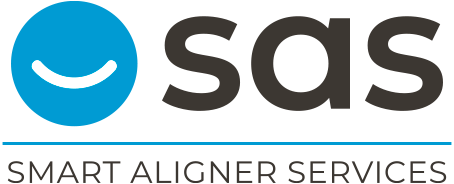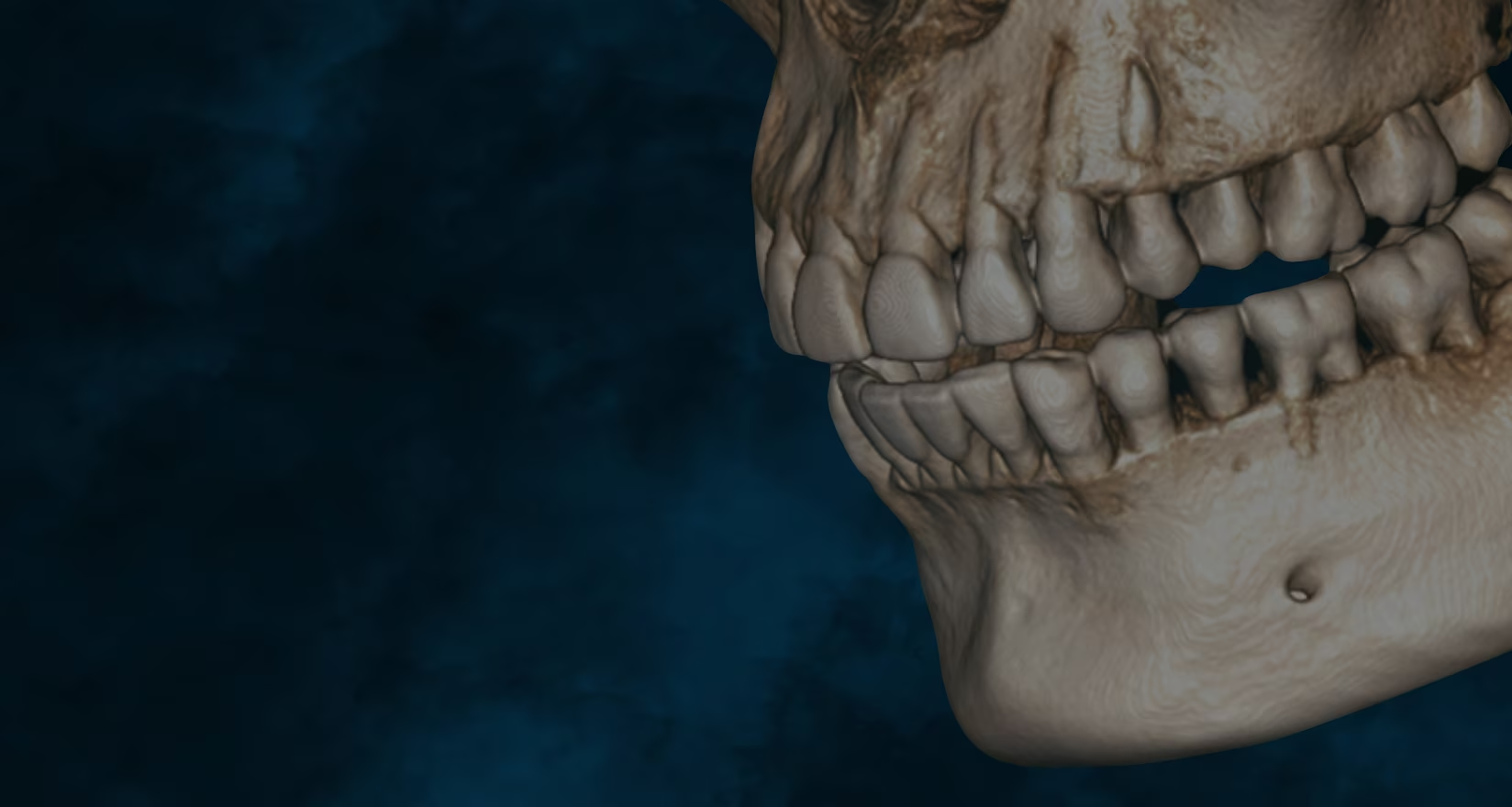
¿Qué es el CBCT? El CBCT es una técnica de imagenología médica que utiliza un tipo especial de tomografía computarizada (TC) para obtener imágenes tridimensionales de estructuras anatómicas del cuerpo humano. La introducción del CBCT en las planificaciones de ortodoncia invisible ha sido un gran avance en términos de seguridad y predictibilidad. Poder “ver” las […]
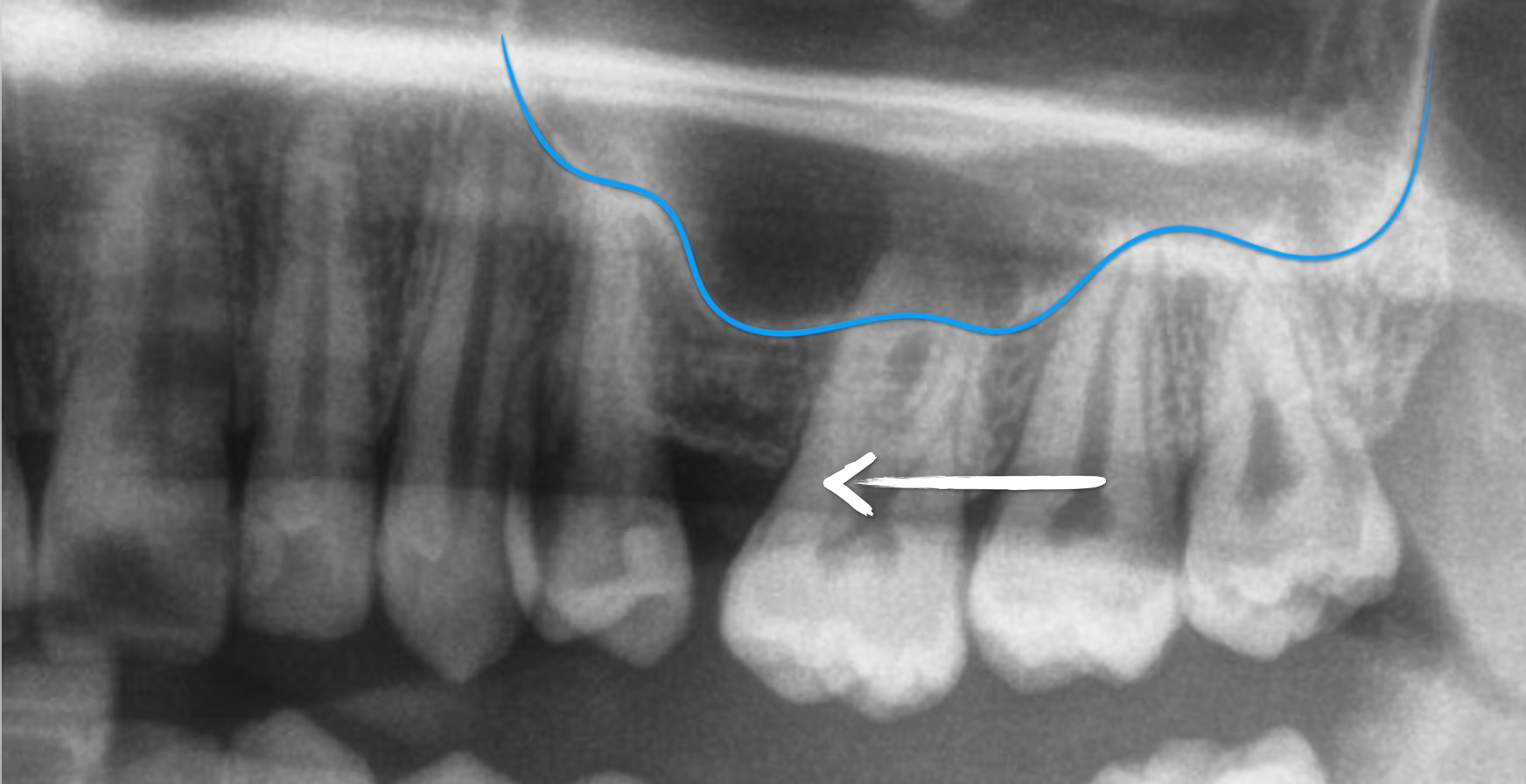
I am writing this blog just after the SAS The Next Level event we held in Madrid. As Dani says, we are still with a bit of an emotional hangover. Before I go into detail on the subject of the blog, I would like to thank again the great welcome and support of all the doctors who gave us a [...]
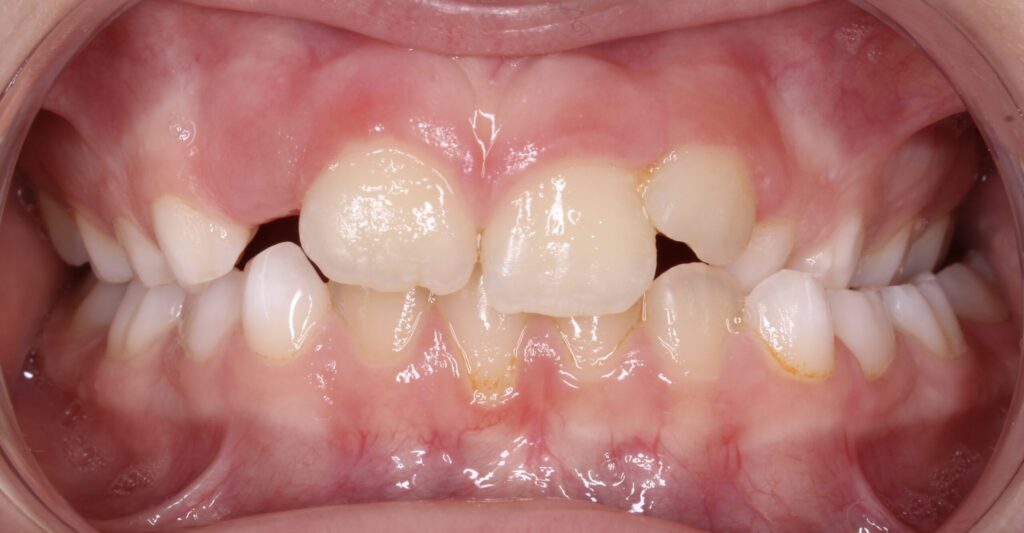
Jaw expansion is a relatively common treatment for growing patients. Many children have a narrow jaw for various reasons, whether due to habits, a respiratory problem, genetics or inadequate function. This jaw deficiency can be treated with a variety of appliances: Hawley plates, disjunctors, jaw tracks, [...]

Talking about what aligners are made of is probably a somewhat "cumbersome" and unattractive subject. We all like to see cases, especially if they are complex, and enjoy the magnificent mechanics that some professionals apply to solve them. But materials and orthodontics are condemned to understand each other. As far as [...]
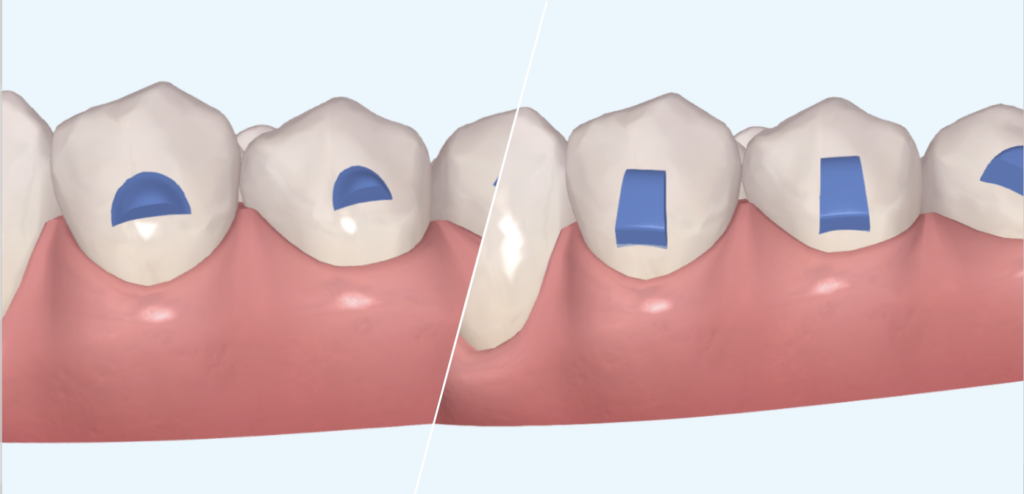
Attachments are a key part of treatment with aligners, necessary to improve the efficiency and predictability of certain dental movements. Even so, they are not essential in all situations. There are movements, such as retroinclination or incisor rotation, that do not require the placement of these attachments to be completed. The [...]
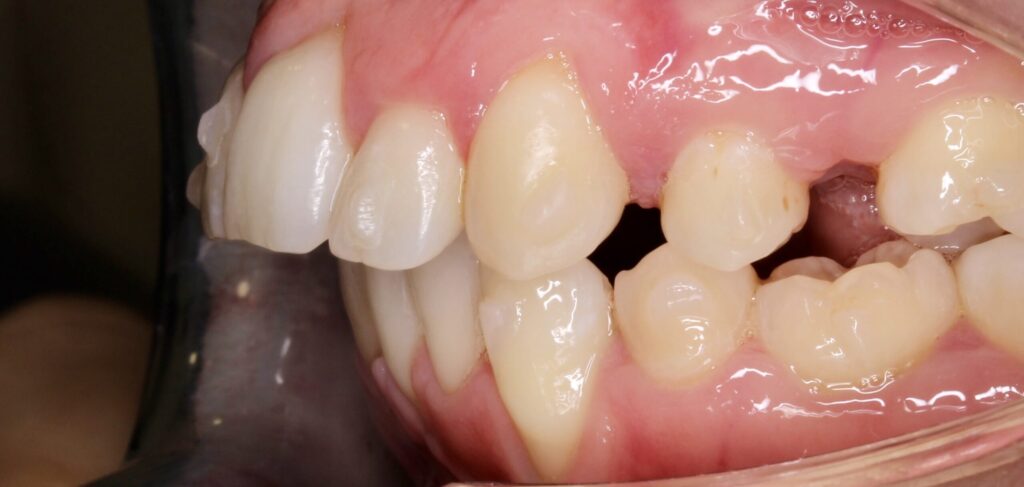
Extraction cases with aligners are considered some of the most complex to treat with aligners due to the properties of the plastic. When we treat an extraction case with brackets, we have the possibility to choose the stiffness and thickness of the archwire to achieve greater control of the mass movement of the teeth [...].
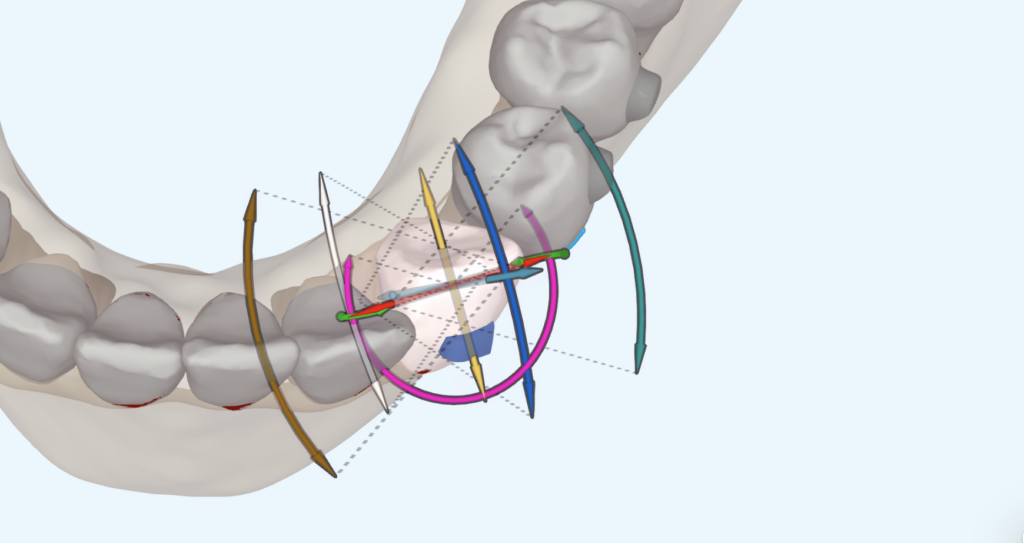
Who hasn't had to scan a patient for a misalignment of a rotated canine? Rotation of round/conical teeth is a movement that can be complex to perform with aligners. The poorly retentive anatomy of the teeth means that the application of forces by the aligners is not as effective as it should be [...]
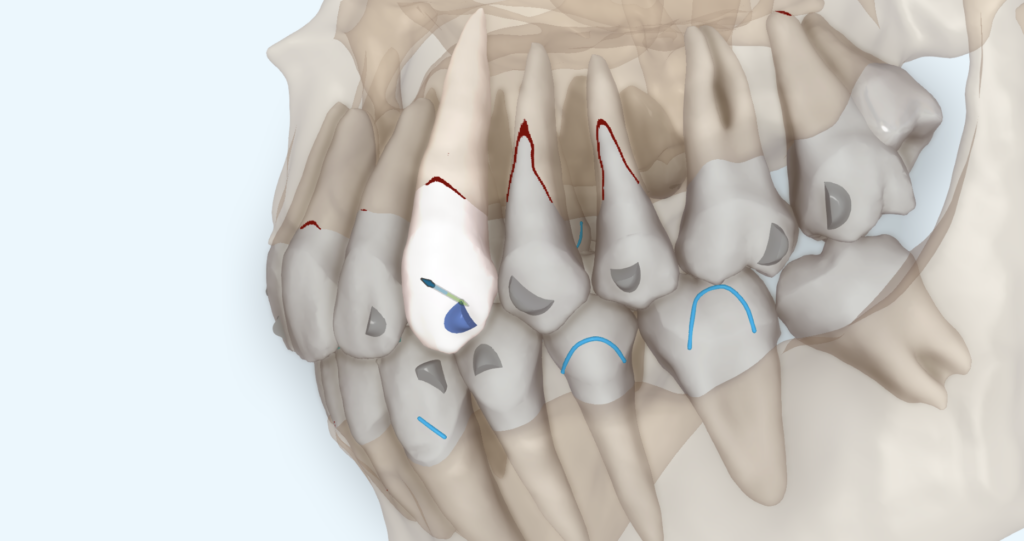
One of the great debates in orthodontics that has existed practically since its emergence is whether or not extractions are necessary. If we look back, it is interesting to see how this issue has fluctuated over time, creating orthodontic trends or "currents" that defend the need for extractions or, on the contrary, the necessity of extractions.
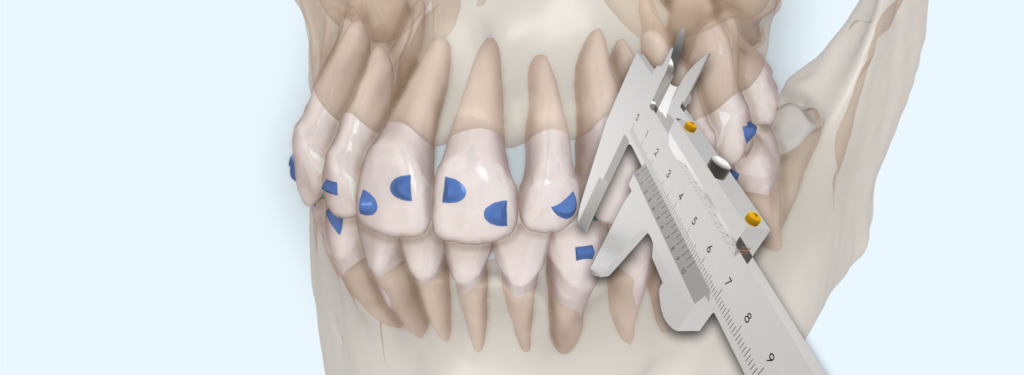
We all remember our postgraduate years when we had to measure the size of each tooth on plaster models with a caliper in order to calculate the Bolton discrepancy. A tedious job like no other, in which we spent hours and hours. Fortunately, technology has made this job much easier. [...]

